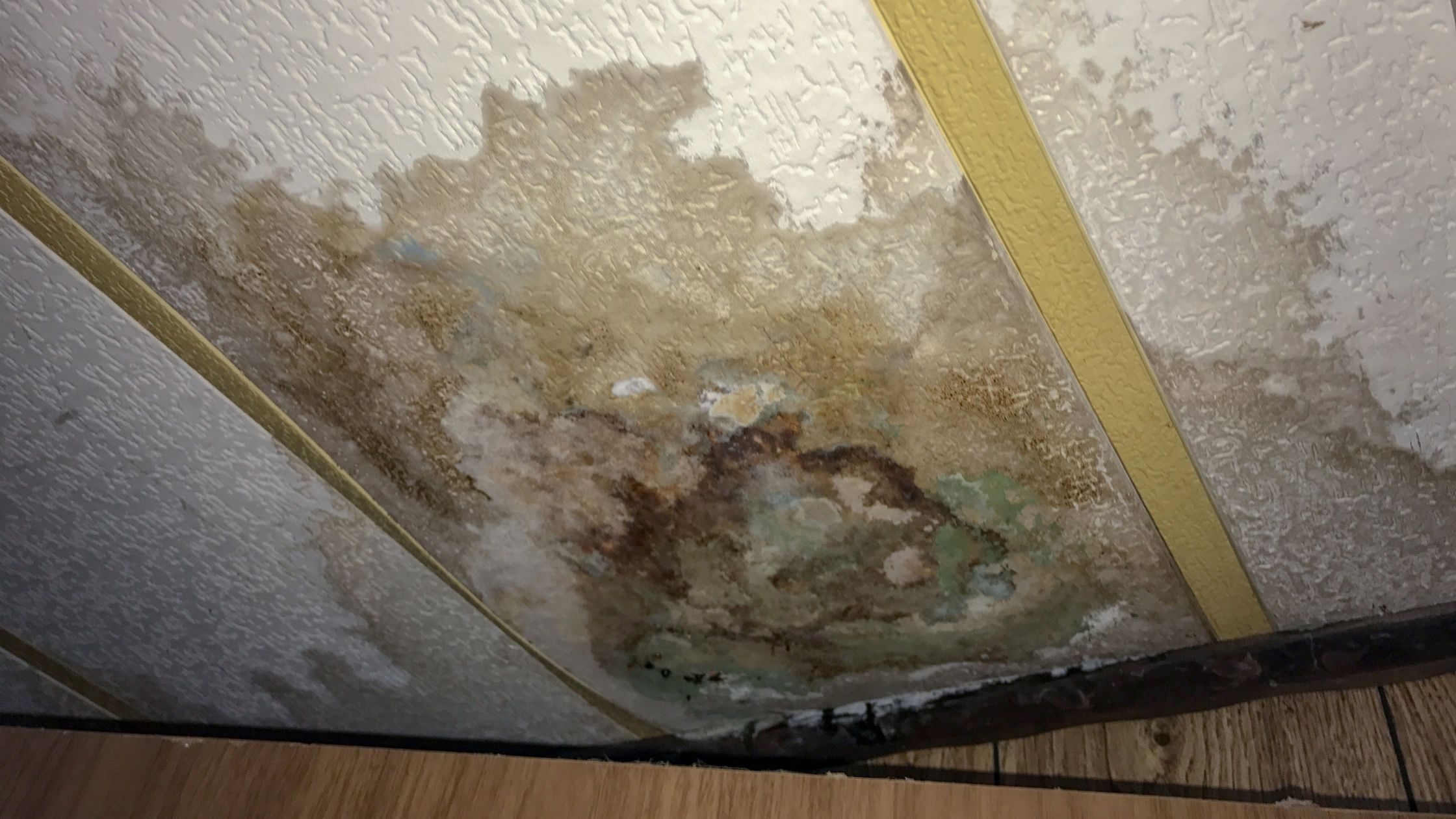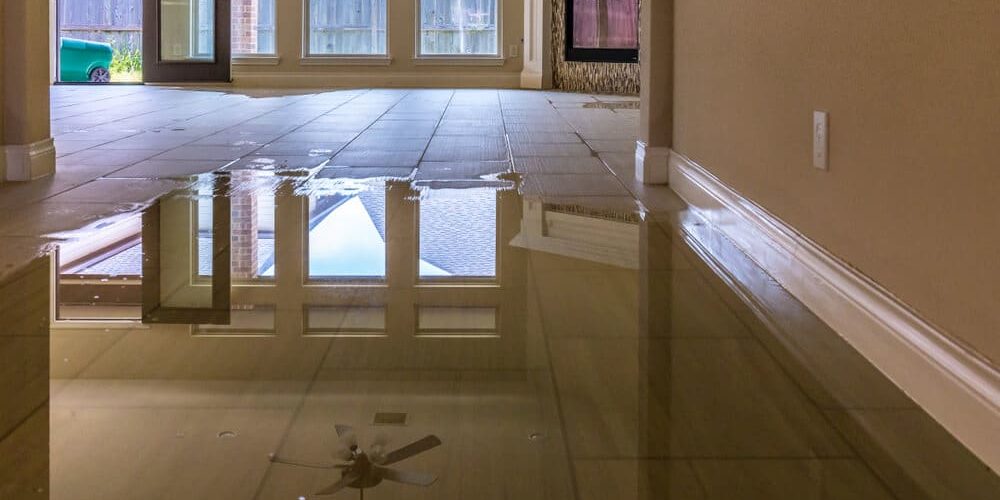Immediate Water Extraction Services to Prevent Structural Damage
The Process of Water Damage Cleanup: Ensuring Your Home Is Brought Back Successfully
Water damages can be a challenging challenge for house owners, necessitating a careful and structured cleaning procedure to recover security and capability. damage restoration services. Following this, reliable water removal strategies play a pivotal function in minimizing additional damage.
Examining the Damages
Upon discovering water damage, the primary step is to thoroughly analyze the extent of the effect. This initial analysis is critical, as it assists identify the needed steps for reliable cleaning and remediation. Begin by checking the affected areas, consisting of wall surfaces, ceilings, floors, and individual belongings, to identify the source of the water intrusion, whether from flooding, leakages, or condensation.
Documenting the damages is necessary for both insurance policy cases and planning reconstruction initiatives - damage restoration services. Use photographs and written notes to record the extent of the damage, noting any damaged structural aspects and products. Pay unique focus to locations that may not be immediately noticeable, such as behind walls and under carpets, as concealed dampness can lead to further difficulties, including mold growth
Additionally, assess the timeline of the water exposure. The longer the products remain wet, the greater the possibility for damage. Understanding the period of direct exposure will notify the necessity of remediation initiatives. Eventually, an extensive evaluation lays the foundation for an effective water damage cleaning procedure, making sure that all influenced areas are resolved successfully and thoroughly.
Water Removal Techniques

Professionals usually use submersible pumps for larger volumes of water, which can promptly relieve flooding in basements or other impacted areas. For smaller sized amounts, wet/dry vacuums are often used to draw out recurring wetness from carpets and tough surfaces. Furthermore, making use of mobile extractors permits targeted elimination in confined areas or areas with fragile products.
In instances of polluted water, such as sewage or floodwater, progressed removal techniques might involve using biohazard equipment to make sure safety and security and compliance with health laws. High-powered removal tools are crucial in reducing water retention in architectural materials, which can cause mold and mildew development and structural damage otherwise addressed immediately.
Ultimately, the performance of water extraction techniques plays an essential role in the overall success of the water damages cleaning process, preparing for subsequent remediation initiatives.
Drying and Dehumidification
When standing water has actually been properly extracted, the next critical phase in the water damage clean-up procedure is drying out and dehumidification. This step is important to prevent more damage and mold growth, which can take place within 24 to 2 days in moist environments.
To accomplish effective drying out, customized equipment such as industrial-grade air movers and dehumidifiers is employed. Air movers circulate air throughout damp surfaces, enhancing evaporation rates, while dehumidifiers minimize moisture degrees airborne, promoting a conducive environment for drying. The mix of these devices makes certain that wetness is extracted from furnishings, floorings, and wall surfaces, enabling them to dry completely.
It is essential to keep an eye on the drying process carefully. Experts often utilize wetness meters to evaluate the moisture content in various materials, making certain that all impacted locations get to acceptable dryness degrees. This precise strategy aids to stop hidden wetness browse around these guys pockets that could check that lead to architectural damages or undesirable mold and mildew growth.

Cleansing and Sterilizing
After the drying and dehumidification stage is full, the following vital step in water damage clean-up is cleaning and sanitizing the affected locations. This process is critical to prevent the development of mold and mildew, bacteria, and various other microorganisms that prosper in moist environments.
The cleansing phase generally includes removing any type of particles, dirt, and pollutants from surface areas making use of specialized cleaning up agents. For difficult surfaces, a mix of soap and water or business cleaning products is usually used. Soft materials, such as upholstery and rugs, may call for extra comprehensive cleansing techniques, consisting of vapor cleaning or deep extraction techniques, to guarantee thorough sanitation.

Sterilizing follows cleansing, utilizing EPA-approved anti-bacterials to remove harmful microorganisms. This step is important, particularly in areas that may have entered into contact with floodwaters or sewer, as these sources can present serious health risks.
In addition, it is crucial to address any continuing to be odors, which might call for using smell neutralizers or innovative techniques like ozone treatment. Proper cleansing and sanitizing not just restore the safety and security and hygiene of your home however also prepared for effective remediation and fixings in succeeding stages of the water damages cleanup procedure.
Reconstruction and Repair Services

As soon as the assessment is full, reconstruction efforts can begin. This generally includes fixing or changing broken materials, guaranteeing that all job complies with neighborhood building regulations and requirements. If drywall has been compromised, it will certainly require to be gotten rid of and replaced with new material. In addition, flooring might require comparable interest, depending on the level of water exposure.
It is essential to engage skilled repair professionals during this process, as they possess the know-how to handle intricate fixings successfully. They can help reduce prospective future concerns, such as mold development or architectural instability, thus ensuring a habitable and risk-free living setting. Inevitably, effective restoration and repair services restore the home's integrity and improve its total value.
Verdict
In verdict, the procedure of water damage cleaning is crucial for restoring a home to its pre-damage condition. Each phase, from analyzing the damage to carrying out efficient water extraction techniques, complied with by extensive drying, disinfecting, and required repair services, plays a crucial duty in guaranteeing security and conformity with building requirements. Efficient implementation of these steps not only mitigates prompt damages but additionally improves the long-lasting integrity and value of the residential or commercial visit this web-site property.
Water damages can be a daunting difficulty for property owners, requiring a organized and meticulous cleaning process to restore safety and functionality. Ultimately, a detailed analysis lays the groundwork for a successful water damages cleaning procedure, making sure that all affected areas are resolved properly and extensively.
Reliable water removal techniques are crucial in alleviating damage and preventing additional issues complying with a water invasion event.In conclusion, the process of water damage cleanup is vital for restoring a home to its pre-damage problem. Each stage, from examining the damages to implementing efficient water removal techniques, complied with by detailed drying out, sanitizing, and necessary fixings, plays an important role in ensuring safety and compliance with building criteria.